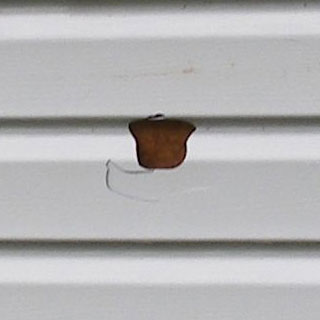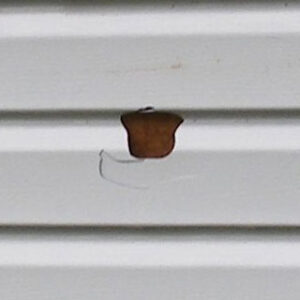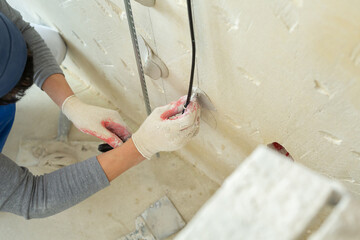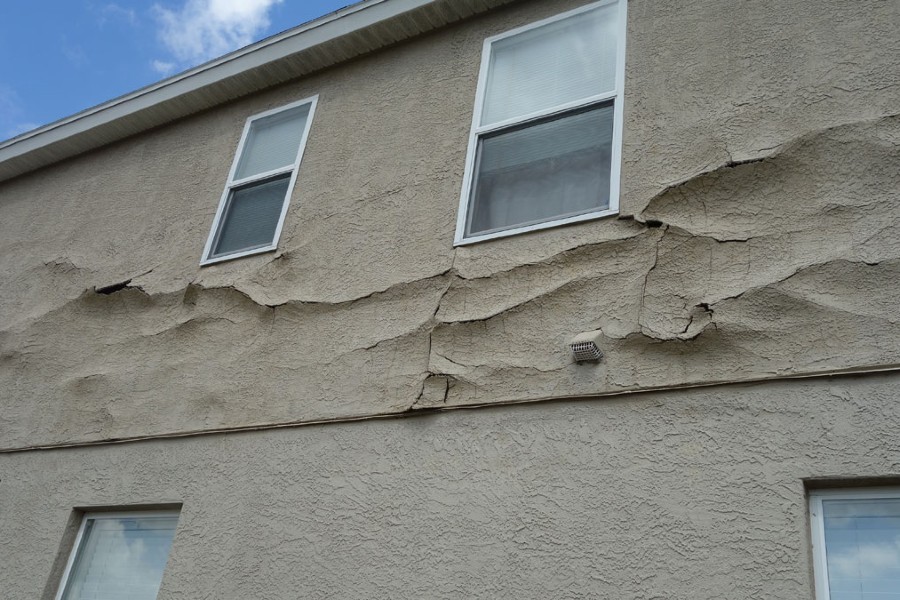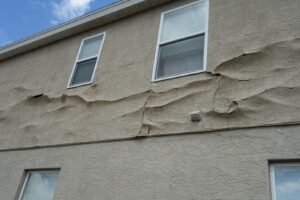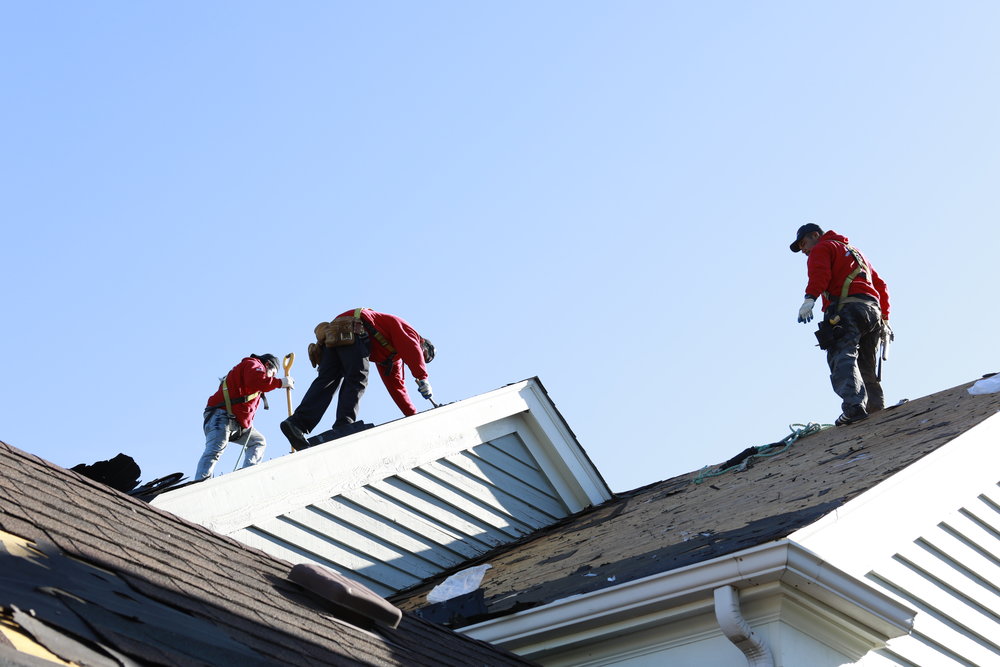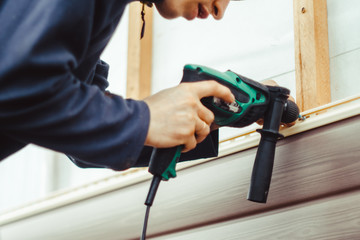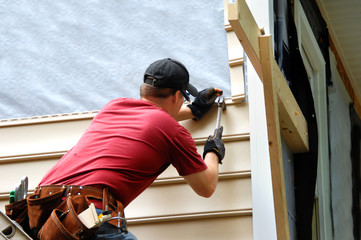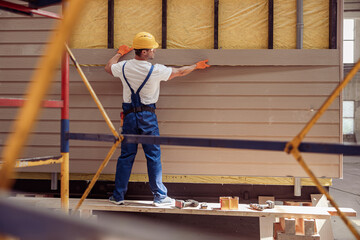Many people use the terms wheel and tire interchangeably, but they serve very different functions. A wheel is a metal component that holds compressed air while a tire is a rubber oval that helps the vehicle maintain traction.

The amount of weight a tire is designed to carry at a specified air pressure. The load-carrying capacity is determined by the thickness of the rubber-coated fabric plies.
The wheel and tire are your vehicle’s connection to the road, affecting handling, ride comfort, and even fuel efficiency. It is not something you want to take for granted.
A tire, or tyre (in Commonwealth English), is a ring-shaped component that mounts around the wheel’s rim to transfer its load and provide traction on the surface over which it rolls. It is pneumatically inflated to create a cushion that absorbs shock and provides a flexible contact patch, matching the weight of the car to the bearing strength of the surface it rolls over.
The rim of a wheel is the entire metal portion that holds the tubeless tire, and it fosters outer seals to maintain air pressure inside the tire. It may also have a hub to connect the wheel to the axle. Wheels may be cast from a single piece of metal, or made in a machined process from several parts.
Rims can be bent or damaged by hitting curbs, parallel parking and heavy use. They can corrode over time from road salts, or simply wear out due to age and heavy loads.
Applications
Aspect ratio is the proportion of a tire’s sidewall height to its width; it appears after the slash in a size code, such as P205/65R16. Tyres that have an aspect ratio of less than optimal can result in excessive sidewall flex and tread squirm, which limits traction.
The traction force generated by a tire as it rolls over the road surface; inverse of centrifugal force, which turns a car around a corner. The traction force is increased by properly maintaining the air pressure in a tire; under-inflated tires generate more friction and can cause loss of handling stability. Tires should be inspected and re-inflated on a regular basis to ensure that the contact patch remains in good condition.
Materials
The wheels and tires you choose for your vehicle are a huge factor in how well it drives. They also add a lot to the appearance of your car. So what are they made of?
Steel is one of the most common materials for wheels and tires because it’s both strong and affordable. It’s also easier to repair if it gets bent because it can be hammered back into shape without cracking or breaking.
Many passenger cars have alloy wheels because of their light weight and strength. They’re a good choice for a wide range of driving styles and performance levels. They tend to flex under stress and can absorb some of the forces that impact the wheel rim, such as road bumps or sudden stops.
The steel wires or cords that make up the sidewalls and bead of a tire are called plies. Each of these plies is rubber-coated and consists of different layers that contribute to the tire’s carrying capacity, flexibility and durability. Some plies have fabric bonded to them, such as cotton, rayon or polyester, but these aren’t part of the basic construction material branding and aren’t visible from the outside of a tire.
Components
A wheel and tire package is more than just a convenient way to upgrade the look of your car. A good set of tires and rims not only improve handling, but they can also provide your vehicle with an extra level of safety.
The bead chafer is a key component that securely fastens the tire to the wheel. It is designed to withstand the force that the wheel exerts on the tire during mounting and the dynamic forces of driving and braking.
A system of steel cords wrapped in rubber that acts as a strip or belt under the tread and helps prevent flat tires. A common feature on modern tires, they are a necessity to help maintain proper air pressure and allow for a smoother ride.
An alphanumeric code found on every tire that complies with Department of Transportation regulations for highway use. The code is usually comprised of up to 12 letters and numbers, indicating things like the tire’s manufacturer, plant location and date of manufacture.
Diagram
When it comes to your vehicle, wheels and tires are a vital part of the overall drive. Both have different purposes and work together to create a vehicle that can move, but the two terms are often used interchangeably even though they serve completely different functions.
Wheels are the circular metal parts that tires mount on to and allow them to turn. They are manufactured in a wide variety of sizes to suit many cars, and some may require a tire change when the size changes.
The rim is the metal part of the wheel that holds the tire. It is made from a steel alloy or aluminum, and it can also be made with an attractive design. The most common rim type is a steel wheel, although alloy wheels are becoming more popular due to their beauty and durability.
The tire is a ring-shaped rubber object that fastens around the rim of a wheel. It contains two major components: the tread, which is responsible for the movement created by a tire and wheel when force is applied, and the body, which enables the containment of a specific amount of compressed air. The tire also has mounting humps, which support the tire edges on the inboard and outboard rim flanges.
Types
A wheel is the circular metal component bolted to your vehicle’s hub that carries a tire and is found in the inner part of the car. The tire is a ring-shaped rubber object that wraps around the rim and contains a specific amount of compressed air. The wheels convert the power of your engine into the spinning force that moves your vehicle over the road. The tires provide the traction required to maintain contact with the road.
Wheels come in many different types, depending on their construction, material, diameter, and more. Some are made in one piece while others have a two or three-piece configuration. Two-piece wheels are generally comprised of a cast, billet or fully forged center section that is welded to the rim barrel.
Steel wheels often get a bad rap because they are heavy and don’t offer the aesthetics that other options do, but they’re still a popular choice for many cars due to their durability and affordability. They’re also resistant to damage caused by deicers, gravel and brake dust. Some people keep a set of steel wheels on hand for winter driving, as the heavier weight helps to dig the car’s tires into snow to improve traction.
Construction
Wheels and tires are the vehicle’s connection to the road and directly affect traction, ride comfort and fuel efficiency. They also provide a major aesthetic component.
The wheels on your car are built from steel, aluminum or a combination of both, depending on your specific needs and budget. The material, as well as the construction method, determines strength and weight.
Steel wheels are the most basic and were standard equipment on low-cost vehicles for decades until alloy rims became more affordable. They are pressed out from steel billets and are quite durable, but are also heavy.
Modern, lightweight aluminum wheels are available in a wide range of styles and are more cost-effective than steel ones. They are cast or forged and machined into shape and then welded together.
Forged aluminum provides the best combination of strength and light weight. They are made by heating the metal and then pressing it into shape. They are stronger than cast aluminum wheels and less prone to cracking, but they still require more time and machinery to produce than casting.




